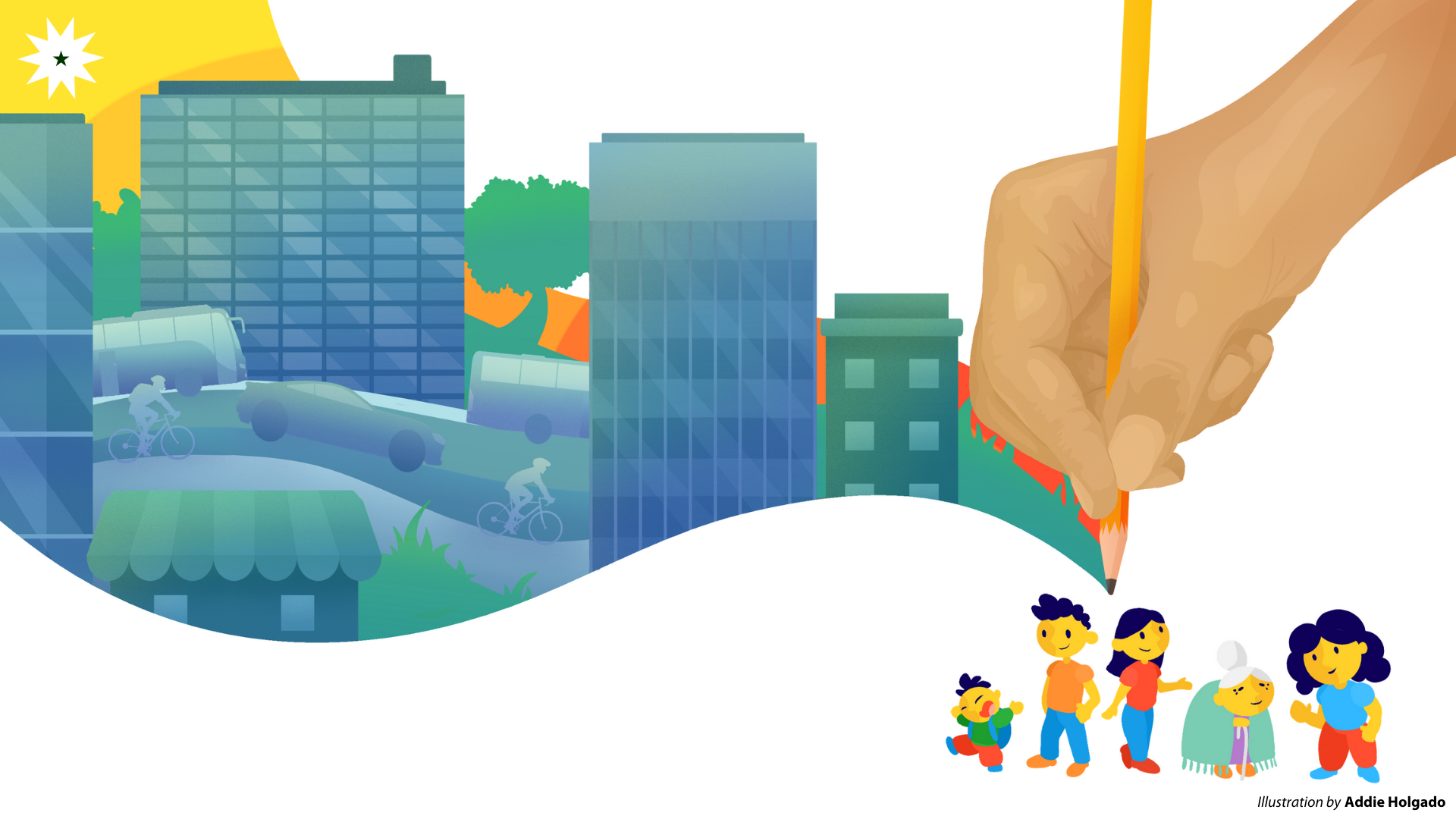
Filipinos are no strangers to the sight of congested streets filled with sprawling lines of bumper-to-bumper traffic. The unforgiving sight of long, busy queues at transport terminals, with trains and buses filled to the brim with disgruntled commuters no longer faze the most seasoned commuters—in fact, it would be stranger for cities to be devoid of these eyesores.
This, coupled with poorly-located infrastructures and the lack of green spaces in highly urbanized settings would make even the most optimistic citizen wonder if this nationwide malady is still salvageable.
The answer? Absolutely. It may seem questionable to the everyday resident commuter—especially one familiar with the woes of Philippine public transportation—but the field of urban planning holds significant promise for turning this frustrating circumstance around.
At the heart of mobility
“Good urban planning is something that is people-centric—kasi, at the end of the day, [we always plan] for the people,” articulates Julius Dalay, a licensed urban planner working at the helm of one of the largest online commuter communities in the country, Commuters of the Philippines. Although the field is commonly associated with the transportation issues that plague our country, Dalay is quick to remind that urban planning encapsulates more than that.
“[It’s] basically having that synergy between the interaction of people, surroundings, and infrastructure and making them work cohesively as one,” he expresses earnestly. He adds that urban planning without keeping the people and other mentioned tenets in mind defeats its purpose, which—among many—is to revitalize and improve cities and infrastructures for the convenience of the general public.
Robert Anthony Siy II, a city and regional planner who is now a full-time policy advocate for the civil society organization Move as One Coalition, echoes the sentiment: “There are social and economic interactions in a city that are very important […] the [technical] solutions are out there, but the most difficult challenges are social and political.” In the same vein, Siy affirms that the concept of urban planning is not a cookie-cutter field but a multi-disciplinary one.
Urban planning, as a sphere of public development, strives toward equitable progress that does not leave anyone behind; to do so, Siy reiterates that it must center around building a flourishing and inclusive community. “We need, as much as possible, for those steps [forward] to be a win-win [situation] for different groups,” he declares.
Realigning priorities
Much of the issues that surround urban planning in the country can be attributed to the misplacement of priorities within government agencies. Siy cites the average road travel speed and road widening project completion rate performance indicators of the Metropolitan Manila Development Authority and the Department of Public Works and Highways as examples as he believes that the focus on road widening and creating more expressways only adds to the existing road congestion. In line with this, Siy also believes that there is a strong need to reform the Philippine civil service. “We need good minds and the best minds that can help review what’s existing [and] shape things in a way that will make them more relevant to our situation today.”
Dalay believes that if the government will properly incentivize the creation of green spaces and people-centric infrastructure, it will create a dominoeffect where both the public and private sector are encouraged to develop such projects.
“We need to show [the government] that making [infrastructure] more accessible creates more jobs, more revenues, ergo, more money to spend for more infrastructure,” he explains.
A metropolis for all
The kind of progress being sought by the public is not as inconceivable as many seem to believe. Urban planners like Dalay and Siy have seen the still-existing potential in city centers where active mobility, accessibility, and green spaces can be introduced without having to sacrifice the pursuit for economic development.
Several proposals have already been drafted by urban planners to satisfy these demands, many of which no longer prioritizes car owners but instead adapts to all urban dwellers. Dalay reveals that some of the proposals consider the design of mixed-use developments, which allow for the optimal use of limited spaces that should make accessibility a reality in urban areas. Once constructed, the properties in such types of conceptual designs can be transformative.
With the same philosophy in mind, Siy and his colleagues have campaigned for a number of ways to utilize the remaining green spaces in the metropolis without neglecting the need for transport and mobility, “Like the idea of using some of our road space [and] converting more of that into pedestrian space [where] you can actually grow pocket gardens.
Siy highlights the need to identify and acknowledge what is most relevant to the Filipino people today, “I think the view today is that planning needs to be for [the] people and it needs to be inclusive and participatory.” He proposes that for this to become the common practice, local governments need to be empowered, especially with decisions related to public transport and mobility within their communities. “Local officials know much more intimately the conditions and the needs of their constituents versus a national government official,” he adds.
A step forward
It is clear that a shift in priorities is long overdue. As Dalay points out, “We need to show the people that our cities can move, our cities can breathe, our cities can live—[that our cities] could be better without prioritizing car ownership.”
Urban planners like Dalay and Siy have made long strides in the past couple of years to realize their vision for more livable cities. But even so, the field of urban planning still needs more people to be involved in alleviating the issues existing today. Siy believes that anyone could define their own role in this pursuit, stating that anyone can “have a very key role to play in making our cities more livable […] It’s the one place where you can define [your] contribution to making the field a richer one for everyone.”
